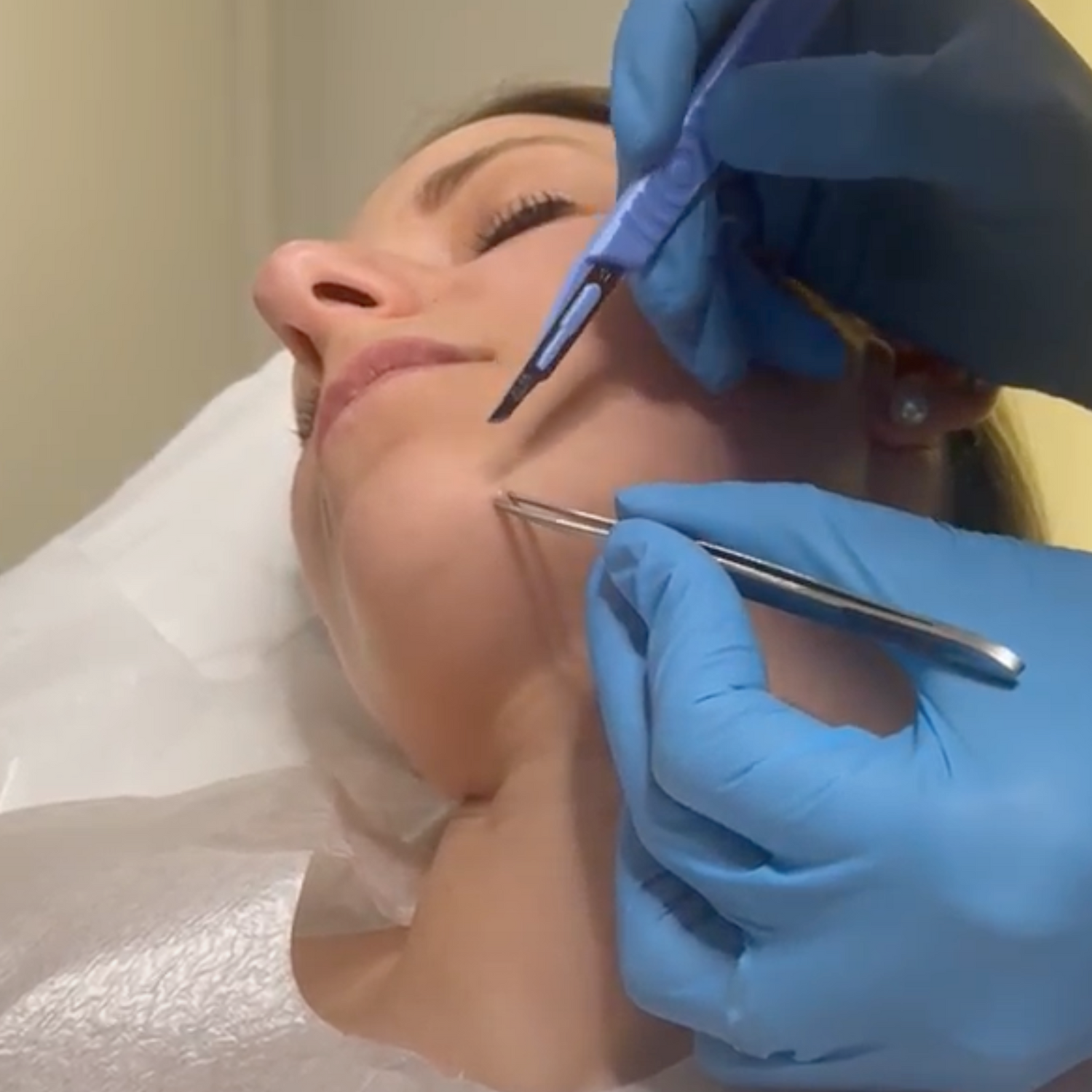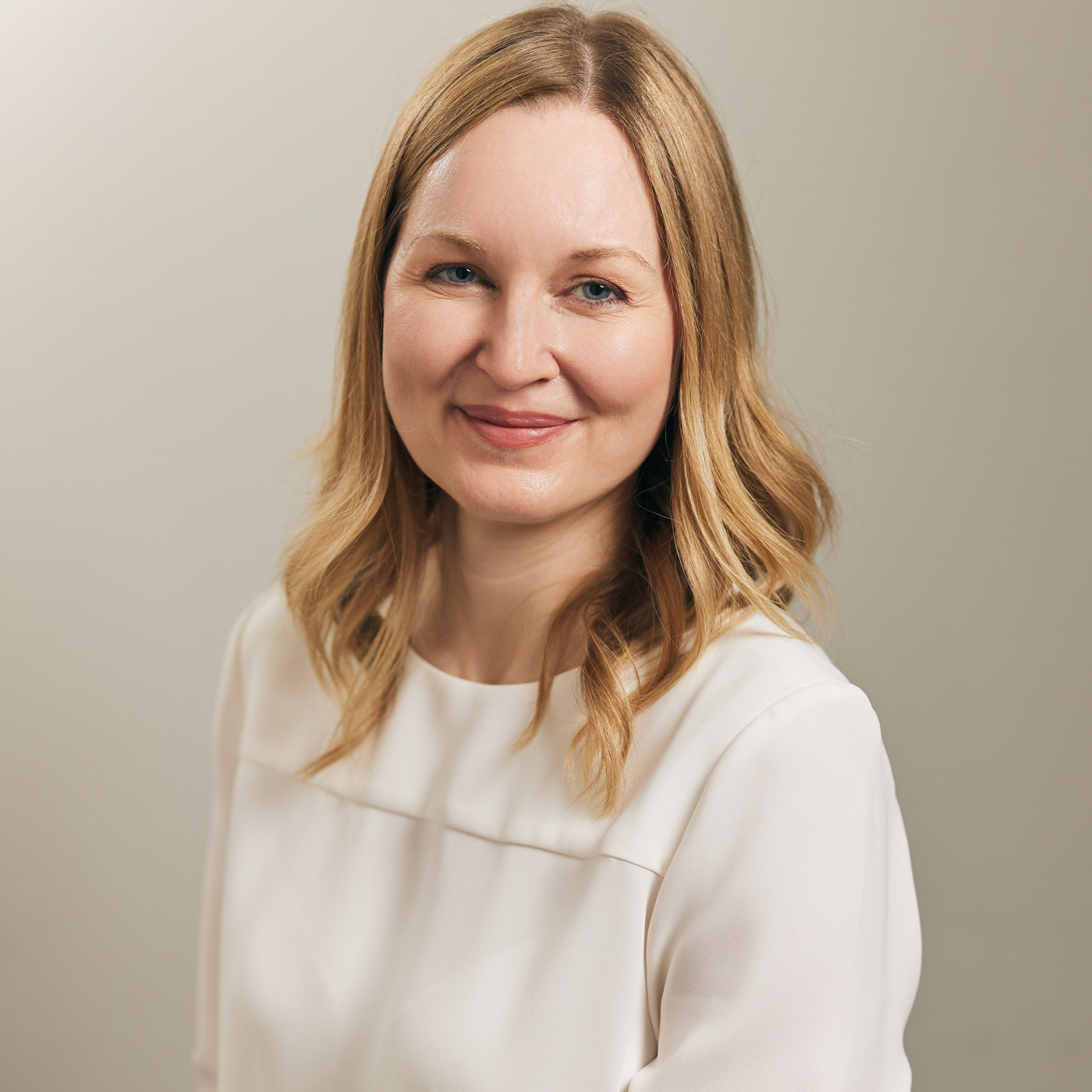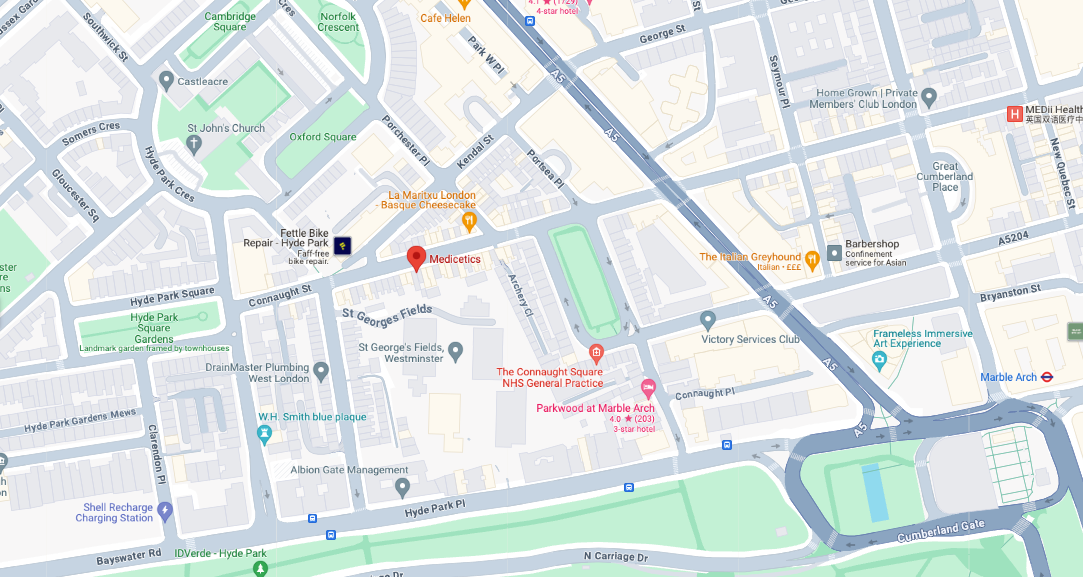
Mole & Skin Tag Removal
using the latest techniques with our one-stop, same-day service
At Medicetics we specialise in the removal of unwanted skin lesions including moles and skin tags with our one-stop, same-day service. Your consultation, diagnosis and treatment are carried out using the latest surgery techniques all in one appointment using radiosurgery and micro-excision methods for a pain-free procedure and best results.
Mole Removal from £345
Skin Tag Removal from £250
Milia Removal from £150
Mole Removal At A Glance

Our highly skilled doctors can offer same-day appointments at our central London clinic. They have performed hundreds of mole and skin tag removals with excellent results using radiosurgery, surgery or freezing techniques.
Skin surgery for unwanted moles, warts, skin tags, lumps and bumps is very common in the UK, however, this is no longer available for non-suspicious moles on the NHS.
Mole Removal Methods
-
Radio-Surgery Removal
This is the gold standard for removing many types of skin lesions and with most, it will not even leave a skin blemish. Medicetics is one of the few places to perform radiosurgery.
-
Surgical Excision
Surgical excision is performed by injecting a small amount of local anaesthetic to number the area. The mole is then surgically removed and any bleeding stopped with radiosurgery.
-
Cryotherapy/Freezing
Warts, pigmentation spots, and some seborrhoeic keratosis lesions may be suitable for cryotherapy.
What Our Clients Say...
-
“I was really surprised how easy the whole process was. I had been agonising over whether to have a mole on my face removed but was scared of leaving a scar. Although Dr. Mullan told me it might take 2-3 months for my scar to settle down it has already disappeared after 6 weeks and it didn't hurt at all.”
- Claire H.
-
“Approximately a week after my mole was removed it was completely healed with no visible scarring so that you would never have guessed that I had a mole in the first place! I would like to take this opportunity to say "thank-you" to Dr. Mullan and his staff as they were absolutely and I'm going back to have a 2nd mole removed!”
- Fiona A.
-
"Dr Amy was so kind and professional. She clearly explained the type of mole I had, and how she was going to remove it.
The procedure itself was so quick and painless. It completley healed within a week and have been given clear instructions to keep it protected to prevent scarring"
- Victoria A.
Mole Removal FAQs
Who is suitable for mole removal?
You’re a good candidate if your mole is unsightly, bothers you physically (e.g., catches on clothing), or raises medical concerns—such as changes in size, shape, colour, itching, bleeding, or irregular borders.
If unsure send images and we'll be happy to advice or suggest a consultation!
What happens during the consultation and treatment?
During your initial visit, a doctor assesses your mole. You can normally have the mole or skin tag removed the same day though not always.
On the same day, they’ll clean, numb, and remove the mole.
What mole removal techniques do you use?
Shave excision: removes raised moles, sealing the skin surface; quick healing time.
Cryotherapy Where it is frozen and the falls off.
Radiosurgery using a radiofrequency device to remove mole.
Will the procedure hurt?
You'll receive local anaesthetic, so you shouldn't feel pain during the removal. Mild soreness or burning may be felt for a few days afterward, which is easily managed with simple pain relief.
We are always here to help during healing and happt to offer advice.
What are the risks and possible side effects?
Common side effects include slight swelling, tenderness, redness, minor bleeding, and temporary scarring. Infection, nerve issues, or mole regrowth are rare but possible.
Will the mole be sent for testing?
Yes—if there's any suspicion of atypical or cancerous cells, the tissue is sent to a specialised lab for histological analysis to ensure proper diagnosis.
Most clients do not need this.
How long does recovery take?
Normally 7–10 days for primary healing; full cosmetic recovery in several weeks.
Scars continue fading for 6–12 months
Are there scar risks?
Yes, scarring is common but typically small. Factors affecting scar visibility include mole size, method used, body location, skin type, and aftercare. Most scars fade notably over time, although some individuals may develop hypertrophic or keloid scars.
What signs of complications should I watch for?
Contact Medicetics if you experience signs of infection—such as increasing redness, swelling, soreness, pus, bleeding that won’t stop, or fever—or if the mole seems to grow back.
We are with you throughout the healing process and if you are concerned do contact us!
Our Expert Team
Medicetics is a doctor-led clinic. We have 6 highly skilled Doctors and 2 Aesthetic Practitioners who all share a passion for subtle and effective treatments to help our clients feel more themselves and restore their confidence.
Our team have treated thousands of clients and works together to deliver exceptional service and results for our individual clients.

Not sure which treatment is right for you?
We can help you! Schedule a free call with our expert team, and we'll help with your individual treatment plan and match you with the perfect doctor.










